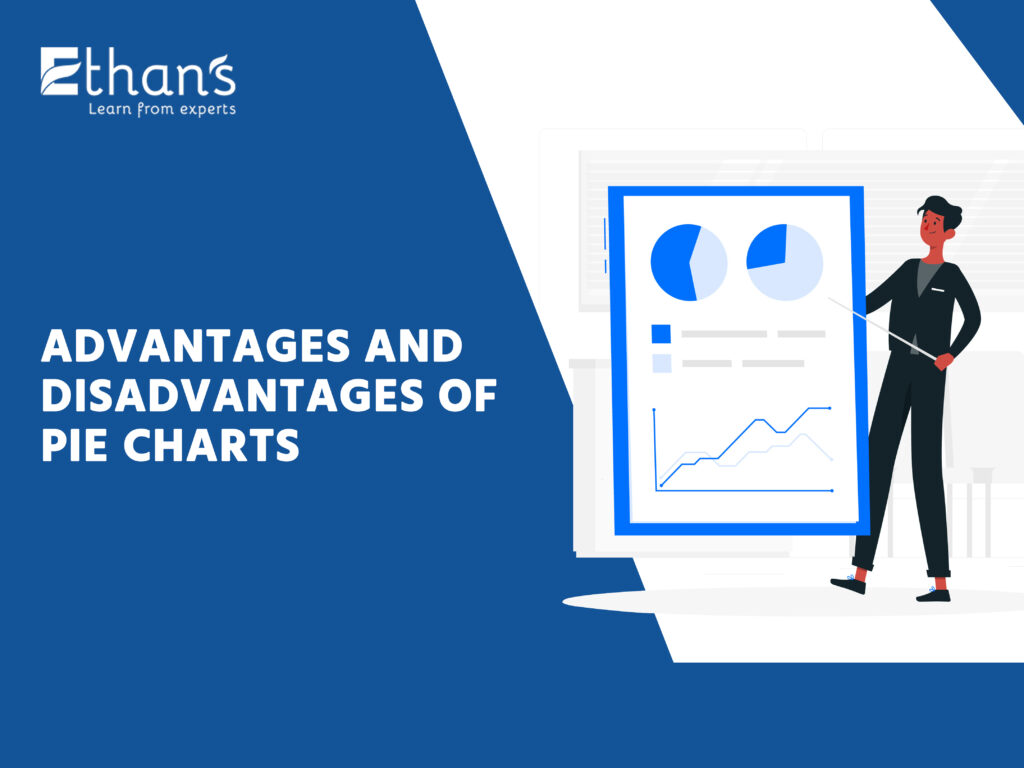Data analytics helps companies interpret data and make informed decisions. However, even when it comes to analyzing data, you need the right visual of the data you are attempting to analyze. Data visualization, as we precisely call it, helps obtain a clear picture of the information on hand and simplifies analyzing it. One of the types of representations that help do it include a pie chart. It is among the most popular ways of showcasing data. But is it a foolproof method? Or does it have disadvantages as well? Let’s look at some pros and cons of pie charts.
What is a Pie Chart?
It is a graph representing data in a circular form. In a pie chart, each circle represents a fraction or proportionate part of the whole. When put together, all slices of the chart make up for 100 percent and 360 degrees of the circle.
For example, you can show a company and its share in a particular market through such a circle chart. It helps the decision-makers understand the percentage chunk that they have and that of their players. Another example could be that of signifying market trends and consumer behavior or preferences.
Many organizations worldwide use pie charts for effective data visualization. Nevertheless, as with every other form of data illustration, pie charts also have pros and cons. Knowing them will help you use the chart optimally. So, continue reading as we look at the benefits and limitations of pie charts.
Pie Chart – Advantages and Disadvantages
While using pie charts, here’s what you should be aware of.
Advantages
- Pie charts offer a straightforward and clear visual of the required data.
- Viewers get a birds-eye view of the information to understand and analyze it.
- Data is visually represented as a fractional part of the whole, thus allowing even a layperson to comprehend what is shown.
- You can make quick comparisons between various categories.
- These charts have a visual appeal that makes them apt for presentations.
Disadvantages
- Displaying large datasets may not be possible through pie charts as they usually suit better to present six or fewer categories.
- It may be challenging for the viewer to compare the exact size of the slice.
- You cannot show tiny categorical differences as they may not be visible.
- There’s a chance of misinterpreting the data due to factors like color, slide order, and presentation angle.
How to Use a Pie Chart Correctly – Best Practices
Some suggestions to use a pie chart appropriately include the following.
- Use fewer categories to avoid making the chart difficult to read.
- Add annotations to discern the proportion or values of the slices of the pie.
- Adopt the cardinal orientation to arrange the slices of the pie. It refers to starting from the top right and moving clockwise.
- For a bigger dataset, combine the smallest categories into a single slice.
- Avoid using a pie chart for more than five categories.
- Keep the chart as simple as possible to grasp the data.
As a corporate professional, you may use pie charts frequently to showcase data and present it to your company’s C-Suite. While experience matters, the above can serve as beginner guidelines. We hope the above helps you. As for data analytics courses in Pune, you’ve got Ethans. Our comprehensive curriculum and unique pedagogy make learning a delightful experience. Call us at +91 95133 92223 to explore our courses, academic approach, and admissions.



